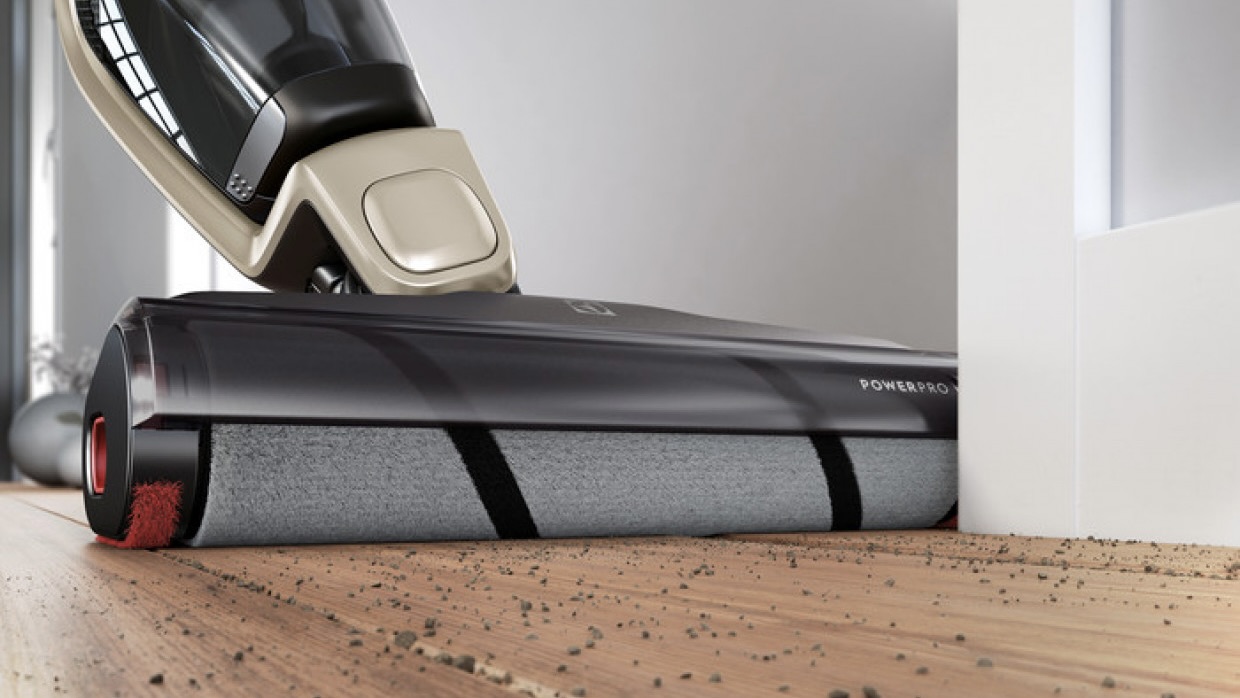Vacuum cleaner attachments explained: how should we use them and what are they designed for?
If you're baffled at the thought of using different vacuum cleaner attachments, we're here to help


Understanding the proper use and maintenance of all your vacuum attachments is the secret to getting an even deeper, more thorough clean around your home. From your sofa to your window blinds, the best vacuum cleaners come equipped with attachments designed specifically to cover all areas, even the places you may not think twice about.
If you're familiar with the 10 places everyone forgets to vacuum, don't panic. I've been speaking to Paul Bagwell, founder and CEO of Halo Vacuums, who shared his advice on how to specifically use all your vacuum attachments. Not only did he summarise what each attachment does, but he's also included some handy cleaning tips that we're sure you'll find useful.
Keep reading to find out more about your vacuum cleaner attachments, and how you can get the best out of them.
Brush accessory tool
A brush accessory tool is ideal for picking up dust and particles without damaging any surfaces, including window blinds, shelves and wooden. The bristles catch any dust and debris you may have missed with your vacuum’s suction, leaving you with a spotless clean.
You may find that over time, your brush head gets dirty and matted with various bit of dirt. When this happens, remove your brush head from the vacuum and give it a scrub in warm, soapy water to remove anything stuck within the bristles. Make sure dries completely before re-attaching to your vacuum.
Crevice tool
Your crevice tool is a secret vacuuming weapon. Suitable for all floor types, these long nozzles are designed to get into every nook and cranny of your home – including your skirting boards, underneath your refrigerator and behind your sofa. You can even use your crevice tool to vacuum in between your couch cushions, as its slim design allows you to access corners where your other attachments wouldn’t fit.
This handy attachment is also super easy to clean. Just run warm water through the nozzle or allow it to soak in a tub of warm soapy water, before drying completely and storing or re-attaching to your vacuum.
Get all the latest news, reviews, deals and buying guides on gorgeous tech, home and active products from the T3 experts
Upholstery tool
Cleaning upholstery can be a daunting task, especially if you have a number of upholstered furniture items around your home. Luckily, your upholstery attachment is engineered to remove dirt and dust from couch covers, seat cushions, bed frames and other upholstered items – just make sure you’re using a good technique.
Just like on your floors, make sure to vacuum in different directions to agitate stubborn dust and dirt that can get stuck in the fibres of your furniture. This tool is also great for cleaning your mattress and is ideal for pet owners looking to remove pesky dog or cat hair from fabric around the house.
To clean your upholstery tool, simply remove any clinging dust or hair and wipe the outside of the tool down with warm, soapy water.
Hardfloor roller
The classic roller brush will give you a thorough all-over clean across hardwood, tile, linoleum, laminate and carpeted flooring. However, a thorough clean starts with your vacuuming technique. Make sure you vacuum in all four directions, to help your vacuum pick up every last piece of dirt, dust and debris.
Cleaning your roller head is all about making sure the internal bristles don’t get clogged with hair, dust and debris. It’s important not to pull on any straggling pieces, especially as this can cause the build-up to become lodged in the bristles and roller. Instead, run a pair of scissors along the indentation at the bottom of the attachment, and cut away the longer pieces of debris that risk getting caught in the filter.
Interested in more? Check out our tips on how to clean a vacuum cleaner: tips for cordless, handheld and robot vacuums.

Lizzie is T3's Home Living Staff Writer, covering the latest in smart home, lifestyle and beauty tech. From skincare gadgets to vacuum cleaners, she's your go-to for trends and top recommendations.
When not writing, Lizzie enjoys mooching around Bath, spending time with loved ones, or testing her review units – often during an enthusiastic cleaning spree!